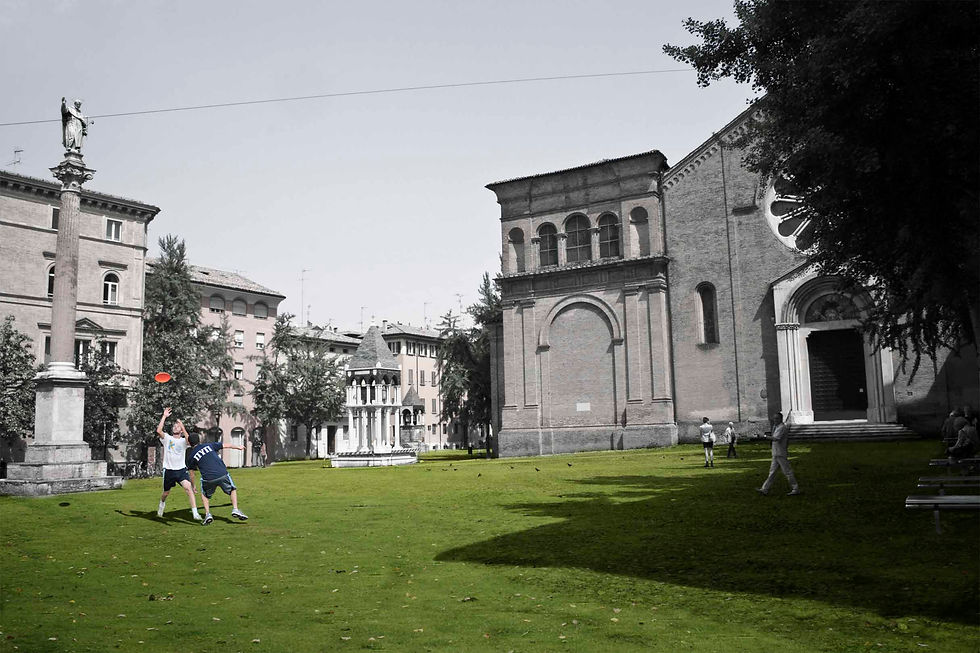In the global panorama, in recent years, the transformation of our cities is increasingly supported by ideas coming from citizens, associations, residents and ordinary people. Placemaking and “Lighter, Quicker, Cheaper” are local based design approaches, taking many forms and requiring varying degrees of time, money,and effort, while the main goal is always lower costs and sustainable interventions, capitalizing on the creative energy of the community and on the use of virtual social networks to efficiently promote projects to regenerate existing non-functional places.





Bologna- Via Emilia
The process takes place along the 12 km of the urban segment of the Via Emilia as a symbolic and representative axis that crosses the city, recognized also as a backbone for the whole regional territory. More than that, the project struggles to discover the embedded potentialities of the via Emilia’s public spaces, which are given by the site’s surrounding elements and characteristics. The urban regeneration strategy aims to improve the existing green areas surrounding the via Emilia.






















































Scandicci
The lack of central coherence, sense of belonging, community and the scattered character of Scandicci, produces a sense of distance between the residents and the city and causes a sense of alienation. The project tries to take advantage of the existing virtues and vices of the city and use them in order to create new centralities in Scandicci by providing it new urban centers and new connections. The project, does not refer to Scandicci as a suburb of Florence but as a self-standing city with its own centers, facilities and character


